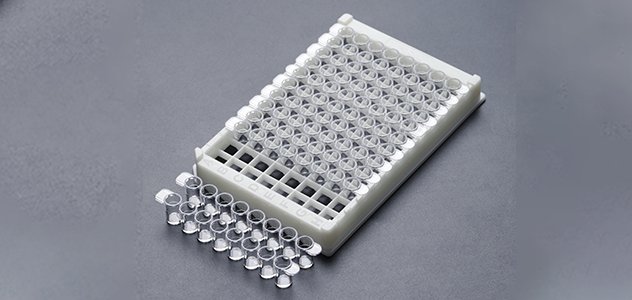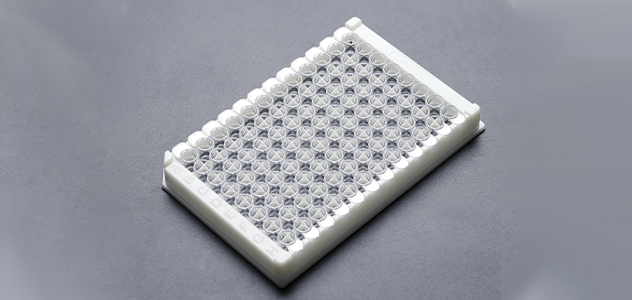"Edge effect" is a situation often encountered during the use of 96-well plates, especially in enzyme-linked immunoreactions (ELISA experiments). This situation will cause the growth rate of the cells in the edge holes to slow down, which directly affects the test results.
This situation can be dealt with in the following ways:
1. Pre-incubation: Use a water bath or when adding the reaction solution to a 96-well plate, heat the plate and solution to the incubation temperature (such as 37°C), which can easily eliminate the "edge effect" and improve The repeatability of the measurement. In addition, some studies have found that placing the paved cells at room temperature for one hour and returning them to the 37°C incubator to continue culturing after the cells have settled and adhered to the wall can also significantly improve the edge effect.
2. Use anti-volatile cover: Some people have developed an anti-volatile perforated cover for the edge effect caused by the volatilization effect of the porous plate. The perforated plate cover can form a saturated water vapor layer on the perforated plate to become a steam shield, and isolate the environment inside the perforated plate from the laboratory environment, so as to better maintain the perforated plate in a relatively stable state.
3. Abandon the peripheral holes: When the above methods cannot be solved, in order to obtain more reliable test results, the most straightforward and simple method is to not use these peripheral holes.
The above are solutions to prevent edge effects in 96-well plates. Mastering these processing methods can reduce the impact of edge effects on the test results.
The FAI climbed 5.9 percent year-on-year in the first 11 months of 2018, quickening from the 5.7-percent growth in Jan-Oct, the National Bureau of Statistics (NBS) said Friday in an online statement.
The key indicator of investment, dubbed a major growth driver, hit the bottom in August and has since started to rebound steadily.
In the face of emerging economic challenges home and abroad, China has stepped up efforts to stabilize investment, in particular rolling out measures to motivate private investors and channel funds into infrastructure.
Friday's data showed private investment, accounting for more than 60 percent of the total FAI, expanded by a brisk 8.7 percent.
NBS spokesperson Mao Shengyong said funds into weak economic links registered rapid increases as investment in environmental protection and agriculture jumped 42 percent and 12.5 percent respectively, much faster than the average.
In breakdown, investment in high-tech and equipment manufacturing remained vigorous with 16.1-percent and 11.6-percent increases respectively in the first 11 months. Infrastructure investment gained 3.7 percent, staying flat. Investment in property development rose 9.7 percent, also unchanged.
 English
English




















































